Table of Contents
What is Cloud Computing?
Cloud Computng and Virtualisation is oen of new lessons of CCNA 200-301 Course. So What is Cloud Computing? Cloud Computing is the delivery of computing services like networking, storage, servers, software etc. on demand over internet. With Cloud Services, you pay as much as you use. With such a solution, your operation cost reduces and you can use your infrastructure efficiently.
Cloud can be used in many areas for networking, storage services, processing power, software applications etc. It is a service that you can access over internet as cloud and use as it is in your own physical infrastructure. You do not need to have your own IT infrastructure anymore, because Cloud will do all you need.
You can test yourself on various CCNA Questions!
Cloud Computing Layers
As many network architectures, Cloud Computing has also layers. When we talk about layers, Cloud Computing can be divided into Four Layers. These Cloud Computing layers are given below:
- Application Layer
- Platform Layer
- Infrastructure Layer
- Hardware Layer
Application Layer is the Layer of SaaS (Infrastructure as a Service). Here, applications and softwares reside. Gmail, Facebook, Youtube, Dropbox etc. use this layer. It is the layer of the users.
Platform Layer is the Layer of PaaS (Platform as a Service). Here, software frameworks reside. Google App Engine, Microsoft Azure etc. use this layer. It is the layer of the developers.
Infrastructure Layer is one of the Layers of IaaS (Infrastructure as a Service). Here, Virtual machines reside. Amazon Web Services, Go Greed, Rack Space are some of the services that we can give working on this layer. It is the layer of the system administrators.
Hardware Layer is another Layer of IaaS (Infrastructure as a Service). Here, Storages, CPUs, memories reside. Any Data Centers can be a good example for this layer. It is again, the layer of the system administrators.
Delivery Models of Cloud Computing
Commonly there are three Delivery Models in Cloud Computing. These Delivery Models give different types of services to the customers.
What are these Cloud Computing Delivery Models? These are:
- IaaS (Infrastructure as a Service)
- PaaS (Platform as a Service)
- SaaS (Software as a Service)
Now let’s learn these Cloud Computing Delivery Models one by one detailly.
What is IaaS (Infrastructure as a Service)?
IaaS (Infrastructure as a Service) is the Cloud Computing Service that provide virtualization of physical computing resources like storage systems, servers etc. Provider serve these services to the customer over the public internet.
Providers give customers previously defined resources and capacities with IaaS (Infrastructure as a Service). Customers can have their own initiative to configure, start, stop etc. their virtual devices.
AWS (Amazon Web Services) is a good example for IaaS (Infrastructure as a Service).
What is PaaS (Platform as a Service)?
PaaS (Platform as a Service) is the Cloud Computing Service that provide virtual development platforms. Applications for the Cloud is developed with these types of Cloud Services. Here, provider gives the platforms and the required tools for the development and serves these serves over public internet to the customers.
Customers can access PaaS (Platform as a Service) that is provided by any provider over different APIs or software Gateways.
Google App Engine and Microsoft Azure are good examples for PaaS (Platform as a Service).
What is SaaS (Software as a Service)?
SaaS (Software as a Service) is the Cloud Computing Service that provide access to the applications on the Cloud. Here, a Provider hosts the Cloud applications and serves them to the customers over public internet.
SaaS (Software as a Service) are generally called Web Services.
DropBox, Gmail, Facebook, Salesforce etc. are good examples for SaaS (Software as a Service).
Deployment Methods of Cloud Services
Cloud Services can be deployed in different ways. There are four common Deployment Models for Cloud Services. These Deployment Models are:
- Public
- Private
- Hybrid
- Community
Now, let’s see that what are these deployment models with specific simple topologies.
Public Deployment Model is the deployment model, in which, the Cloud resources are on the Public Internet. There is no need for any separate datacenter or separate Cloud resources for any enterprise that is using this deployment model. There are many resources across the globe for this type of deployment model. Companies pays as they go. Here, the advantage of Public Deployment Model is cost but the disadvantage of it is security. It is suitable for the companies that uses Big Data, Hosting Development platforms, web browsers etc.
Private Deployment Model is the deployment model, in which, the enterprise that is using this Cloud Service has its own Cloud Servers in its own Data Center. It is not accessed from outside and generally located behind the company firewall. Only the company intranet can access this Private Cloud Services. Private Deployment Model is more secure but it is a little costly. Because, your company is responsible to manage your infrastructure and software services. It is private for you.
Community Deployment Model is the deployment model like Private Deployment Model. It provides a complete Cloud Solution for specific businesses. Each business in this community has its own private cloud space. This type of deployment model is used especially for Finance and Health areas. Because they share some software applications and deployment platforms.
Hybrid Deployment Model is the deployment model, in which, all the deployment models, public, private and community works together to provide Cloud Computing Services. Private Cloud can be used for Sensitive data and Public Cloud can be used for other data. In other words, companies can protect their sensitive data while they can benefit public-facing applications.
Comparison of Cloud Computing Deployment Models
In this part you can find the detailed similarities and the differences between Cloud Computing Deployment Models. We will compare Public, Private, Community and Hybrid Models. We will see the differences and similarities of these four models.
You can find a detailed Cloud Computing Deployment Model Comparison Table below:
Benefits of Cloud Computing
Cloud Computing has many benefits for business. Here, we will talk about what is the advantages of using cloud computing.
First of all, Cloud Computing reduces your hardware and software expenses. You do not need to buy new hardware or you do not need to purchase software applications. Instead of these, you can use Cloud resources as your own hardware and software.
By using Cloud Resources, your performance increases more. In Cloud Datacenters, the strongest network devices are used with the highest technology. So, Cloud services will give you the best performance and fast computing power.
In your own IT infrastructure, you should provide security with various security mechanism and hardware. But with Cloud Services, you can benefit from Cloud Security services, policies etc. You do not need to do these activities by yourself. Cloud will do it for you.
All the Cloud Computing Services will be one click away from you. So, with these Cloud Computing Services, your speed will increase on your business. So, your productivity and efficiency will increase.


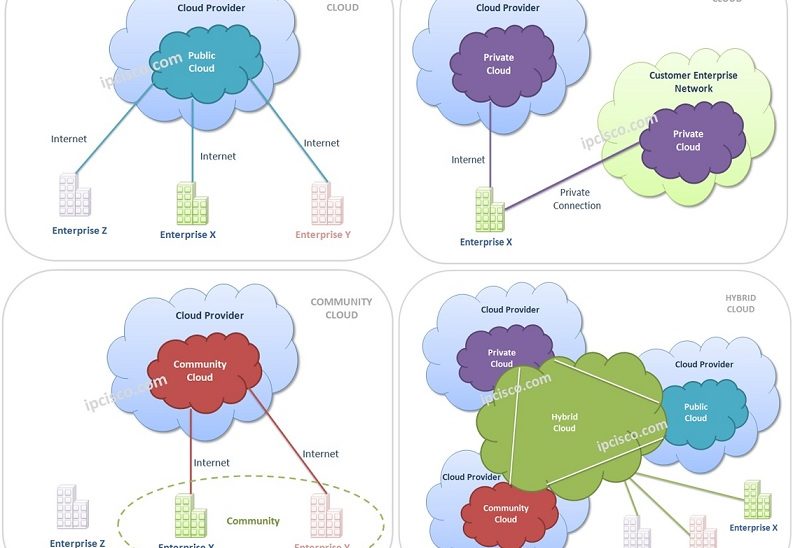
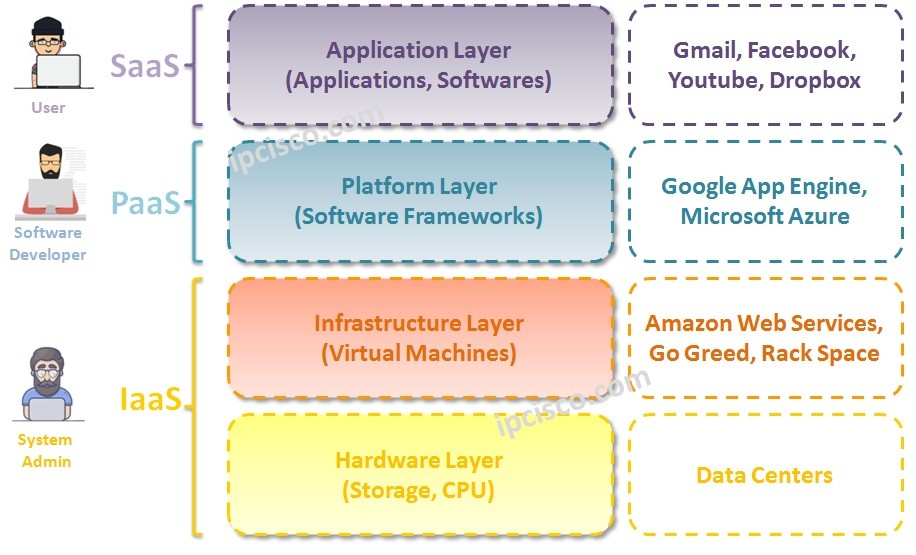
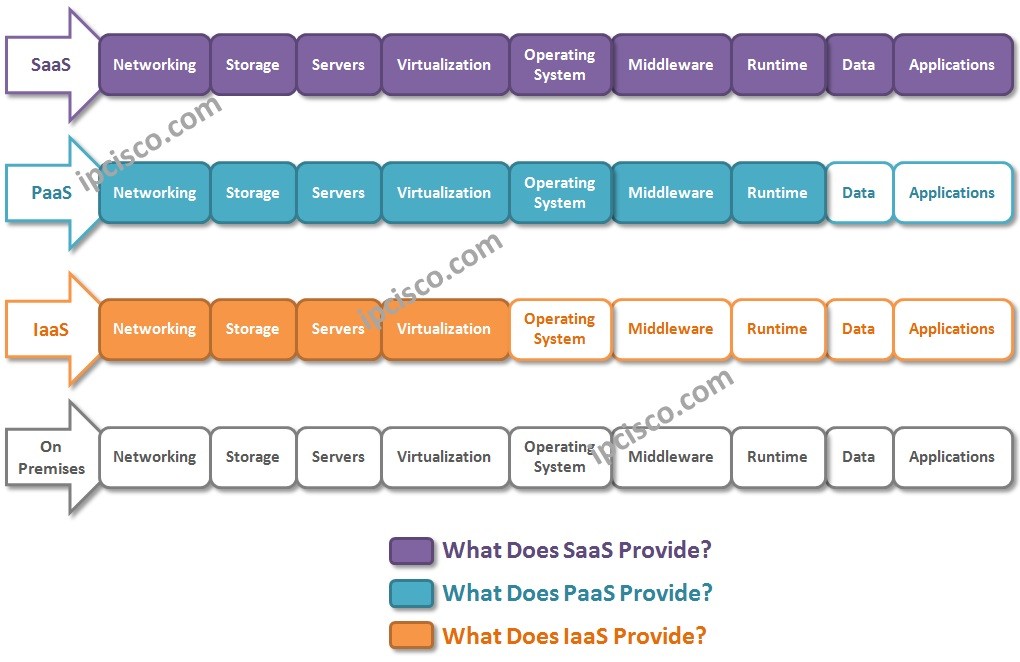




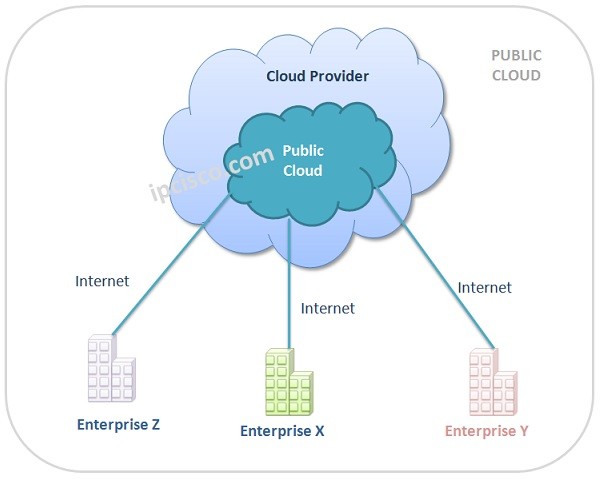
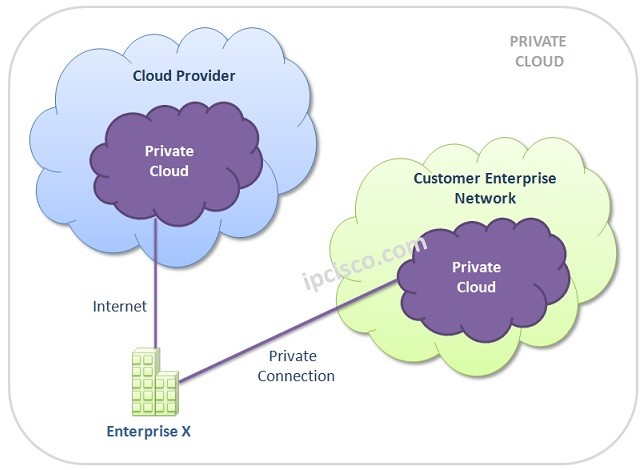
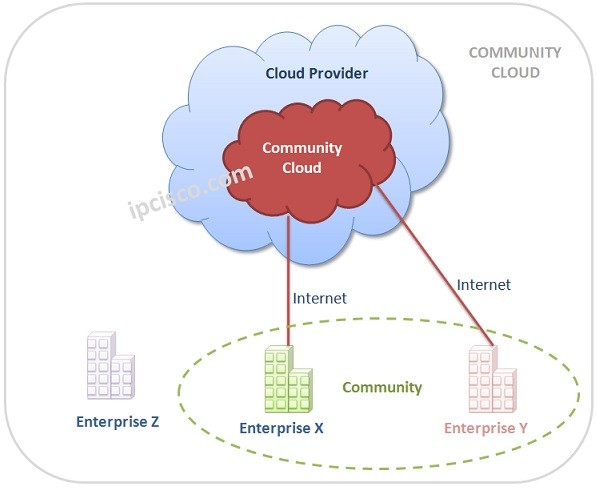
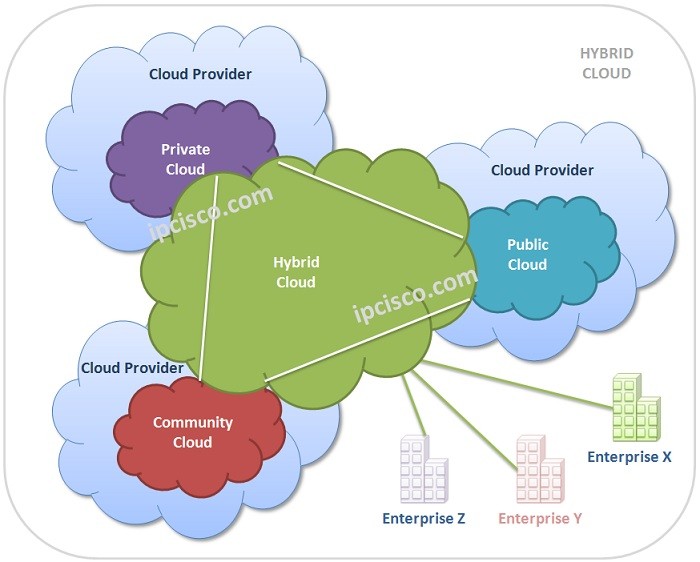
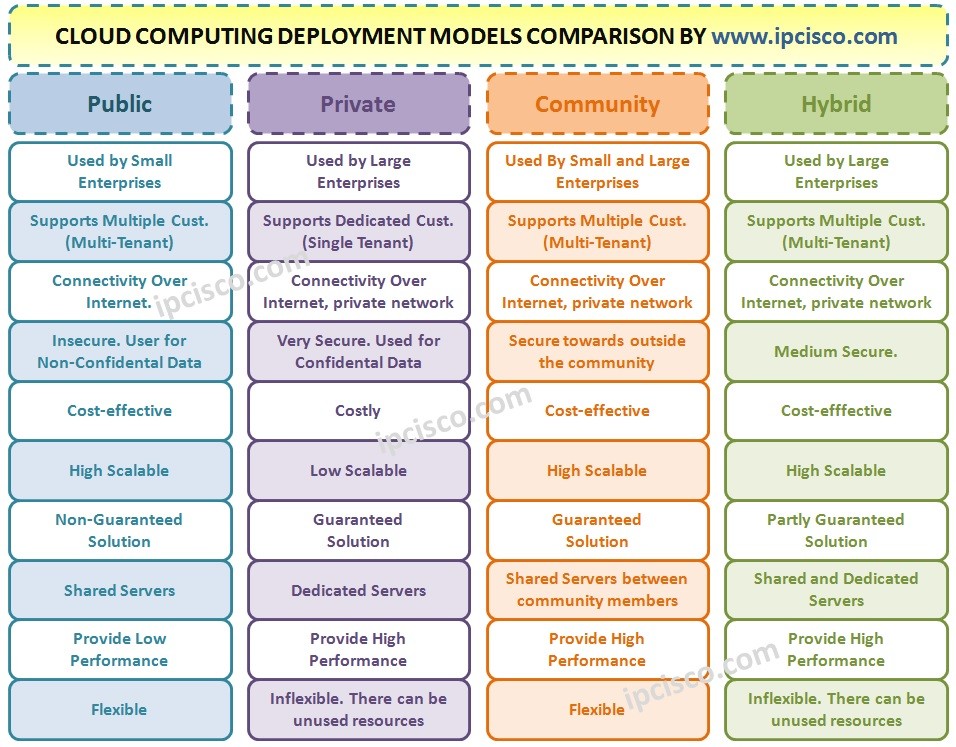


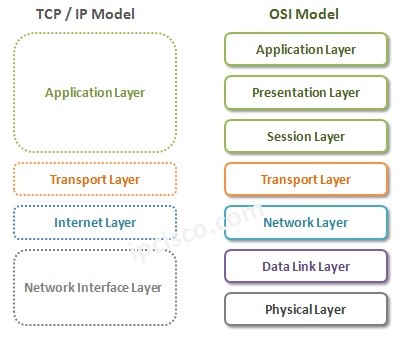
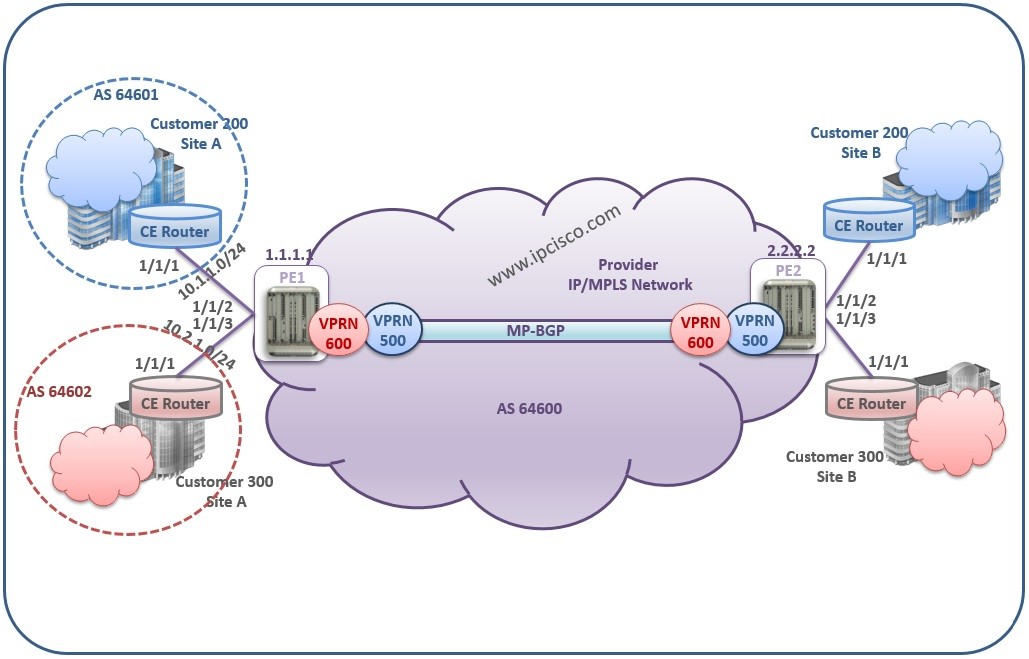

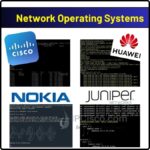

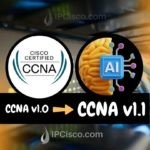

Leave a Reply